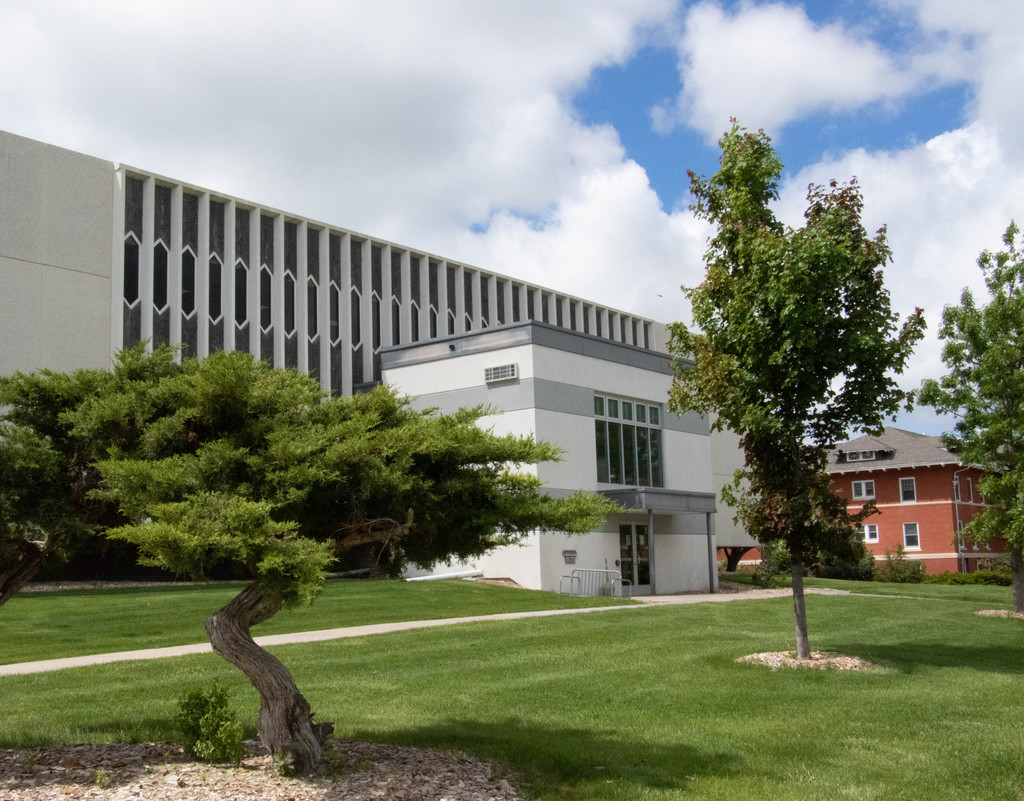CSC students, faculty present at Nebraska Academy of Sciences

CHADRON – Seven Chadron State College students and a faculty member presented during the Nebraska Academy of Sciences conference April 23-24.
Four students enrolled in Chemistry Capstone III: Senior Research Thesis (CHEM 410) taught by Dr. Mary Keithly participated. The students and their presentation titles are Rebecca Hiatt of Spencer, Neb., Water Purification Using Cost Effective Mediums; Alisha Huynh of Scottsbluff, Neb., Testing Fosfomycin Resistance Using a N-acetylglucosamine-malate (GlcNAc-mal) Inhibitor in Bacillus Subtilis; Robert Spurlin of Mullen, Neb., The Use of Oobleck as a Classroom Demonstration; and Paige Vitosh of Odell, Neb., Nutrient Infiltration.
Two students presented research they conducted with Dr. Ann Buchmann throughout the 2020-21 academic year. The students are Institutional Development Award Networks of Biomedical Research Excellence scholars Lelisse Umeta of Addis Ababa, Ethiopia, who presented Effects of Curcumin on triple negative breast cancer, and Isioma Akwanamnye who presented Effect of Curcumin on gene expression induced by NF-kB pathway in triple negative breast cancer. Curcumin is an active ingredient in turmeric.
According to Buchmann, triple negative breast cancer (TNBC) does not respond well to most drugs designed to treat breast cancer. Breast cancers normally need the estrogen receptor, the progesterone receptor, or a growth factor receptor called HER2 to support their growth.
“So, the medical world has developed drugs that target those receptors and stop the cancers from growing. TNBC keep growing without the three receptors mentioned above. Since they do not use the normal pathways for growth, the drugs developed for other breast cancers do not stop their growth,” Buchmann said. “We hypothesized that curcumin would work to stop growth of these cells by targeting a growth pathway called the NF-kB. So far, we have seen that curcumin kills the cancer cells and it seems to have some effect on this pathway. However, we still have a way to go to determine exactly how it works.”
Dr. Mike Leite and graduate student Steve Welch presented Geology of Holocene Canyon Fills on the Campus of Chadron State College. Leite and Welch described fossils they found in sediments clinging to the sides of canyons on the south side of campus. Leite said a wolf, turtle, and bison were among their most important finds. Radiometric ages determined the wolf to be about 700 years old and the bison to be about 1,500 years old.
—Tena L. Cook, Marketing Coordinator
Category: Campus News
